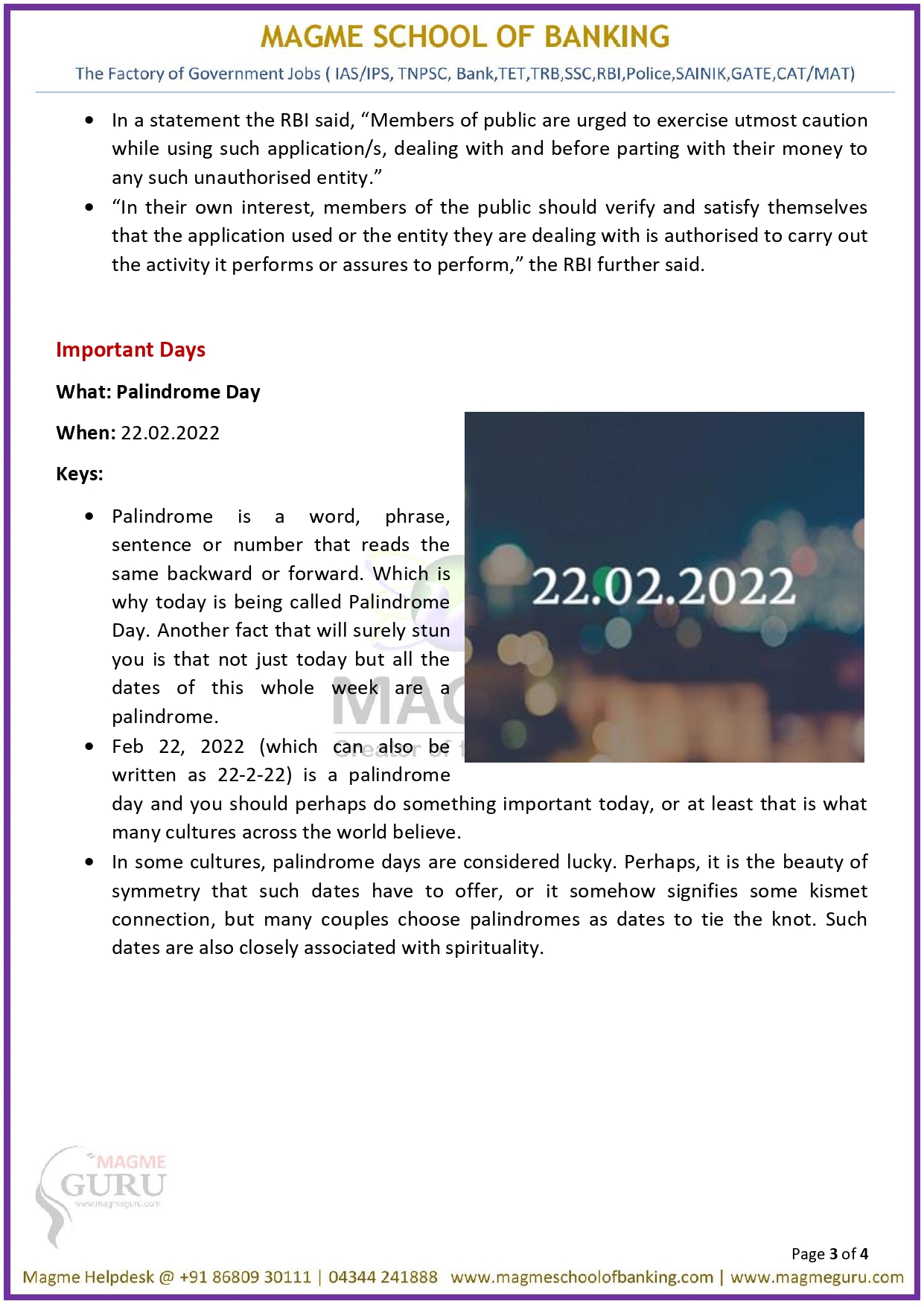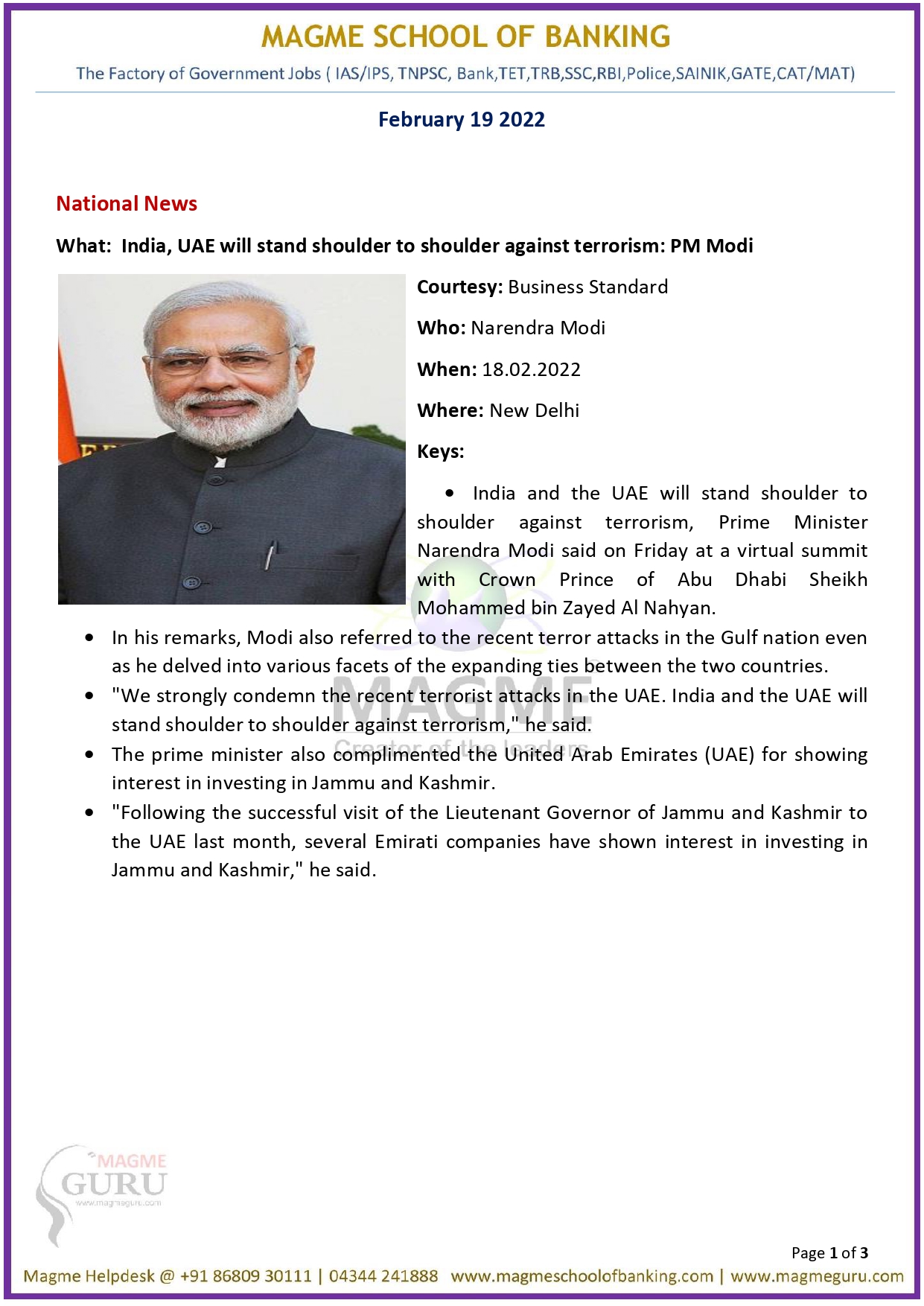Cash Credit And Demand Draft - 15 Mints Seminar Notes
Cash Credit And Demand Draft - 15 Mints Seminar Notes
CASH CREDIT AND OVER DRAFT:
- A Cash Credit (CC) is a short-term source of financing for a company. In other words, a cash credit is a short-term loan extended to a company by a bank. It enables a company to withdraw money from a bank account without keeping a credit balance.
- Cash credit is a short-term source of finance. Under cash credit, the bank offers its customer to take a loan up to a certain limit. Cash credit is also known as Bank Overdraft.
- Credit cash refers to the type of short-term loan facility in which the withdrawal of money by the company is not restricted to the amount the borrower holds in his cash credit account but up to a predefined limit.
- This is also known as “credit limit” granted by the bank. This facility is operated in the same manner as overdraft facility. The cash credit facility is generally given for a period of 12 months and reviewed / revised at the end of the year.
- Cash credit is a facility to withdraw money from a current bank account without having credit balance but limited to the extent of borrowing limit, which is fixed by the commercial bank. The interest in this facility is not charged on the borrowing limit, which is given by the bank but on the daily closing balance
Important Features / Rules of Cash Credit Facility
Borrowing Limit based on Drawing Power
- Borrowing limit, in the cash credit facility, is a limit on the maximum amount of borrowing specified by the bank. Till this limit is not exhausted, the borrower can withdraw and deposit funds any no. of times. The bank determines the borrowing limit based on the drawing power of the borrower. Banks evaluate drawing power by analyzing book debts, inventories, and creditors etc. For a detailed knowledge about what drawing power is and how banks calculate cash credit limit? You can read our detailed post on Drawing Power.
Interest on Daily Closing Balance
- This is one unique feature of CC Account. Unlike other types of debt financing products of banks like loans, the interest here is charged on the daily closing balance of the cash credit current account and not on the sanctioned amount. It is an incredible motivation for the borrower to collect money from the debtors as soon as possible and deposit in the current account. Depositing money back to this account will save the entrepreneur a lot on interest costs. It is as good as investing the surplus funds instantaneously at the interest rate, which he pays on the cash credit limit. We have given a detailed explanation of interest calculation with the example later in the post.
Minimum Commitment Charge
- Typically, a bank would levy charges in the situation when the borrower is not using the cash credit account. It’s undeniable from the bank’s point of view as it is blocking some amount of its ‘float’ for the borrower.
- For example, in a 1 million cash credit limit, 0.5 million may be the average monthly minimum usage level. If the borrower is using the limit below that, say, 0.35 million, the bank will levy some charges on the unutilized portion i.e., 0.15 million (.5 – .35). The charges may range between 0.5% to 2% depending on the policy of the bank/financial institution. For an illustration, if the charges are 1%, it would be 1% of 0.15 million = 0.0015 million ~ $1,500.
Security
A cash credit facility is extended against security. Securities may be in the form of stock, debtors, etc. as primary security and fixed assets and other immovable properties, etc. as collateral security.
Validity of the Credit Period
- The limit allowed is valid for one year, and then the drawing power will be re-evaluated. One year is just an example, whereas in some cases, it may be evaluated every quarter. This would vary from case to case and also depends on the policies of the various institutions.
Cash Credit Limit and Prepayment Charges
- A lot of loan defaults happen globally. Hence, banks have created stringent rules for providing cash credit facility to a company. After studying a company’s books of accounts and income-tax filings of the promoters, a bank will decide on the amount to sanction. It may range anywhere between 50%-75% of the collateral offered as security. This percentage may change based on the company’s books of accounts and the amount needed. A bank uses its infrastructure in terms of the time and energy of its employees, software, business visits, etc. to evaluate a limit. Therefore it expects the borrower to utilize the facility for a minimum period say it is one year. If a borrower for any reason decides to close this facility before that, the bank may levy some prepayment charges.
Accounting Treatment
- Cash credit is shown in current liabilities under the sub-head “Short Term Loans” in the balance sheet for accounting purposes. The bank providing the cash credit facility opens a current account in the company’s name. Journal and ledger entries are similar to those made for transactions in other bank accounts. But there is a significant difference between the cash credit account and other bank accounts. A cash credit account will always have a credit balance – denoted as “Cr.” balance. Whereas other regular bank accounts always have a debit balance- denoted as “Dr.” balance.
Example of How Cash Credit Interest is Calculated?
- XYZ Pvt.Ltd is a furniture manufacturing company. The manufacturing process is lengthy, involving both machinery and manual workforce. It takes about 25-30 days’ timeperiod for a product’s manufacturing process to start until it reaches the showrooms for sales. Also, they haveto maintain a significant inventory of raw materials to finished goods. Because of the long turnaround time, they feel the requirement of additional working capital to increase production and sales.
- They approach ABC Bank to extend them cash credit to the tune of $1 million to meet their short-term financing needs. The bank evaluates the drawing power of the company by studying their detailed income and expenditure statements, balance sheets, and income-tax filings of the last 3-4 years.
Interest Calculation on CC Account
- For example, assume following simple transaction from the CC account of XYZ Pvt Ltd, whose interest rate is 12%, and borrowing / sanctioned limit is 1,000,000.
- Now we see that the first outstanding balance is -400,000. As per the dates mentioned, the borrower used this amount of money into his business for 10 days and similarly, -900,000 for 10 days and -600,000 for 11 days.
Average Outstanding Balance for this account for March having 31 days will be calculated as follows:
= (-400000*10 + -900000*10 + -600000*11) / 31 = 632,258.06
Therefore, interest for this month will be calculated as follows:
Average Outstanding Balance * Interest Rate * No. of Days in the Month / No. of Days in the Year
=632,258.06*12%*31/365 = 6443.84
Alternatively, it can also be calculated after the completion of each day with the same formula. Just need to replace days of the month with the number of days a particular balance is used for.
-400000*12%*10/365 = 1315.08
-900000*12%*10/365 = 2958.90
-600000*12%*11/365 = 2169.86
Total = 1315.08 + 2958.90 + 2169.86 = 6443.84
The answer will be the same. The concept is to calculate interest on the daily closing balance. You can also look at it is following manner for a perfect understanding. We have taken fewer transactions for the sake of simplification.
Benefits of Cash Credit
- The most important benefit of cash credit is its flexibility of deposit and withdrawals. Due to this, a borrower can save a lot of interest costs by depositing the extra cash available with him. It also keeps the borrower motivated towards collection from debtors, which will not only expedite the cash cycle but also bring a disciplinary effect on the debtors and borrower himself.
Overdraft
- An overdraft offers financial freedom to account holders. It aids them in paying off bills even when they are out of funds. It potentially prevents embarrassing situations and helps customers maintain relationships with business parties.
- Account-holders can submit a written application with their banks activating this facility. For activating the feature, account holders can either visit their bank physically or apply for the same online. Banks can accept or reject such an application at their discretion. For certain types of accounts, these services are provided by default. When the bank accepts a request, the customer has to pay a one-time processing fee.
- This facility differs from other credit options. First of all, the bank declares a specific credit limit for each of its clients. Also, this service is not free; banks impose interest on the overdrawn sum. This interest amount is computed daily. It is important to note that the account holder will only need to pay interest on the borrowed amount and not on the total permissible limit. For this facility, banks do not charge any pre-closure penalty. Additionally, joint account holders are also eligible for this facility by co-applying for the same.
Types of Overdrafts
There are primarily two types of overdrafts – secured and unsecured. A mortgaged asset or collateral always backs the loan, and if the account holder doesn’t pay off the outstanding sum, the bank has the right to recover the loss by selling off this asset. On the other hand, the unsecured type is not secured by any collateral and therefore allows a lower credit limit.
Given below are some of the most common types of overdrafts available:
- Overdraft Against Salary: If borrowers hold a salary account with the lending banks, then they can be eligible for a limit of two or even three times their salary amount.
- Overdraft on Savings Account: The banks also provide this facility for clients who have active savings accounts with frequent transactions.
- Overdraft Against Equity: Keeping the equity as collateral, a borrower can get this facility; however, the permissible limit is significantly less than the market value of those stocks.
- Overdraft Against House: Homeowners can also overdraw upto 40-50% of their house’s value.
- Overdraft Against Fixed Deposit: An account can be overdrawn up to a certain percentage of a fixed deposit. Generally, the interest rate on such credits is 2% higher than the Fixed Deposit’s ROI.
- Overdraft Against Insurance Policy: The facility can also be availed on the grounds of an insurance policy depending upon its surrender value.
Over draft Protection
- Over draft protection is the next level of assistance offered by banks. It links checking accounts to other bank accounts. There could be a second checking account, a savings account, a line of credit, or a credit card. Thus, whenever the checking account is overdrawn, the bank pools in money from the linked account. The bank uses funds from alternate accounts to clear a check. In order to avail such protection, customers need to apply specifically.
- Again, the bank imposes a protection charge. While the fees vary from bank to bank, this facility protects the customer from non-sufficient funds (NSF) charges. Banks keep an eye on the number of times the protection is used. If the protection is used repeatedly, the facility will be discontinued.
Over draft Fee
- Initially, banks charge a one-time processing fee. Thereafter, the bank makes payments even when there is a shortage of funds. On top of the initial fee, a certain percentage is charged as interest on the deficit sum. This interest varies from bank to bank. Also, the one-time processing fee can be charged multiple times if a customer keeps making payments with an insufficient account balance. However, there is a per-day limit for the processing fee.
- In the US, while Ally Bank and Alliant Credit Union don’t levy any coverage fee when customers overdraw from their accounts. The top financial institutions like Capital One 360 and Bank of America impose $35 for this option. The fee can be charged a maximum of 4 times a day. At $38, BBVA and Comerica charge the highest. This fee can be charged six times a day.
Advantages
- This facility can protect the customer’s reputation. Given below are the various advantages of availing of this option:
- Prevents Check from Bouncing: This option prevents checks from getting bounced. Consequently, the customer can maintain fair credit ratings with a clear payment record.
- Timely Payments: It also assists account holders in disbursing pending payments on time. This way, customers avoid any dues or delayed remittances, despite having a nil balance.
- Ease of Application: An account holder can opt for this option by filling a simple form by visiting the respective bank or doing it online on the bank’s portal. The facility requires minimal paperwork.
- No Pre-Closure Charges Applicable: Unlike other loans, this facility does not impose any early payment penalty on the account holder.
- No Collateral in Unsecured Overdraft: In some cases, banks don’t ask for any asset, mortgage, or collateral at all. All it takes is an existing account with the respective financial institution.
- Minimal Interest: The bank charges interest only on the sum that has been overdrawn. This too is incurred only till the amount is repaid.
- Flexibility and Convenience: It is a beneficial option considering emergencies. It provides flexibility in financial planning.
Disadvantages
- This facility mandates having a bank account with the respective financial institution. Also, this option is charged with a high-interest rate, much higher than other loan options. Moreover, account holders end up paying penalties for overdrawing beyond the permissible limit. If account holders fail to pay back the due amount in the allowed time frame, credit ratings are brought down.
Over draft Example
- To better understand overdrafts, consider the following example
Presented By
Ezhilarasan
Banking Student
Magme School Of Banking

























































